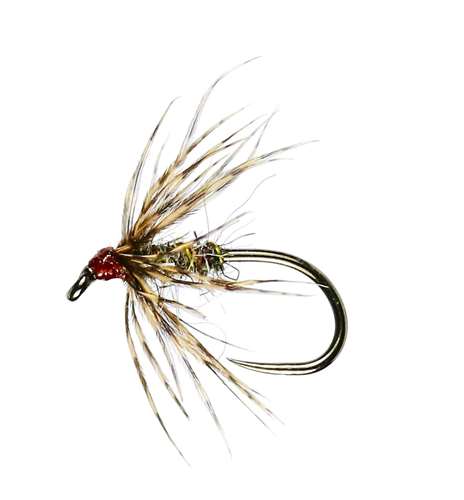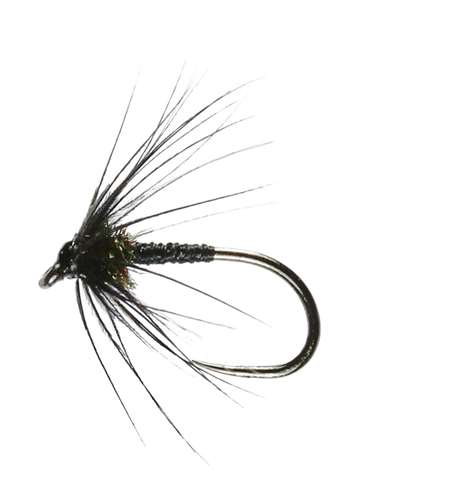Fly Fishing Trout Wet Flies For Sale
Traditional wet flies include old patterns like Alexandra or Butcher along with stunning modern sparce spider fly patterns. See our vast range below. These patterns are designed to be fished below the water's surface. They vary from traditional styles for over a hundred years to modern using flashabou type and other bright modern materials. These patterns are often very old, well proven patterns. They look like a bug or drowned fly in the water.
Available in Fly Size(s)
14, 16, 18
Available in Fly Size(s)
14, 16
Available in Fly Size(s)
14, 16, 18
Available in Fly Size(s)
12, 14 & 16.
Available in Fly Size(s)
12, 14 & 16.
Available in Fly Size(s)
14, 16, 18
Available in Fly Size(s)
14, 16, 18
Patterns For Subsurface Fly Fishing Use
These can be fished as a team or you can use them as part of a washing line rig using a buoyant fly to lift the rig from a lake bottom or even with a buoyant dry fly like an elk hair caddis or even a foam terrestrial fly with the wet patterns suspended at a fixed depth on droppers drifting with the streams current.
Fishing Wets
Probably the most common way to fish a soft-hackle wet dressed fly is to cast it across and slightly downstream, letting it sink and then swing in the current, rising with the tightening line much as a natural rises to the surface before hatching. It's on this rise that fish usually strike. Another productive method is to cast the fly upstream on a short cast and then let it dead-drift back to you just under the surface (or, if tied on a light-wire hook, in the surface film). On lakes and ponds a soft hackle fly cast in front of a cruising trout and then twitched slightly can be absolutely deadly. Many anglers, especially in Europe, favor fishing two or three of these flies (of different colors and sizes) at a time.
What Are Wet Patterns?
These can be quite large bodied or extremely slim like Blank Buster Spiders. Northern spiders or Clyde Style patterns are tied very sparcely to imitate an emerger with one and a half turns of hackle imitating the emerging legs on an emerging fly. The success of the pattern often depends far more on its action than it resembling a specific insect and matching a hatch / nymph. When fish are on the feed the actual pattern is generally not important, but when the fish are preoccupied or need tempting the angler must use ingenuity to discover what the fish are feeding on and what color they are taking. When fishing wets, it is important to remember that the higher the wave on the water the higher the fly hook size can be, but still take into account the brightness and clarity of the water.
These patterns are used as some flies begin to hatch below the water surface. Alternatively up-winged flies swim or crawl beneath the surface as adult spinners in order to lay egg. Often duns & spinners are swamped by the current and forced under the water surface. Emerging duns that have been unable to get rid of their nymphal case or at the time of emerging are drowned when they float under rough water that is flowing over a large rock or ledge are also hunted by the fish. The trout on purpose lurk in slack water near eddies and small plunge pools to look out for these type of snacks. Clearly a trout does see winged insects under the surface at certain times of the year so be prepared with a selection of different colored flies for when the fish are not taking from the surface.


















.jpg)



























